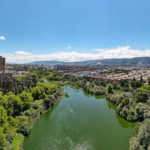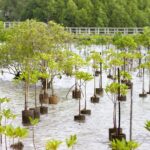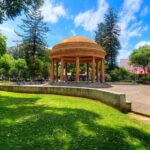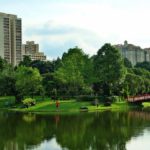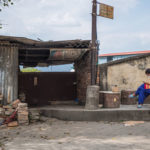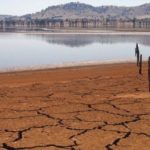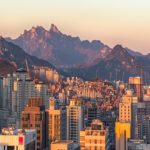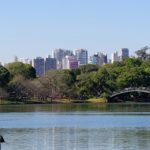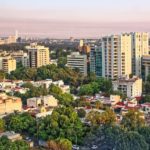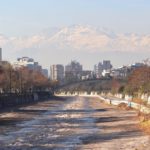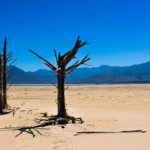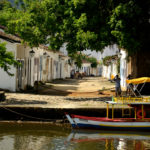Posts tagged with 'natural infrastructure'
The Guacheneque Páramo, where the Bogotá River originates, represents the second largest source of drinking water for the city of Bogotá, Colombia. It is a key ecosystem that supplies water to approximately 25% of the city’s 7 million inhabitants. However, due to ...

The new Intergovernmental Panel on Climate Change report highlights the enormous potential of nature to reduce the risks of climate change and build resilience. Political momentum is building for this approach. For example, 137 countries committed in 2021 to collectively end forest loss and land ...

Costa Rica is world-renowned for its biodiversity, and eco-tourism is a large contributor to the national economy and local livelihoods. Many visitors may catch only a glimpse of Costa Rica’s cities through a car window while being whisked between the ...

EDITOR’S NOTE: Sustainable Food Production for a Resilient Rosario won the 2020-2021 Prize for Cities on June 29, 2021. Learn more here. (June 29, 2021) City life can be deeply unfair. This was true before the COVID-19 pandemic exposed just how ...

Brazil faces a fundamental choice of how to address the convergence of multiple crises it is now seeing: health, economic and environmental. The COVID-19 pandemic exposed and multiplied the risks and weaknesses in our societies and economies, disproportionately impacting poor ...

Capital City, a (hypothetical) seaside metropolis, has a growing population. However, much of its infrastructure was built 100 years ago and is straining from deferred maintenance, unable to meet the city’s future needs. To make matters worse, Capital City has ...

The impacts of the global COVID-19 pandemic are still being understood, but it does seem clear that this crisis will make a mark on cities, physically and socially, that will echo for generations. How we plan our cities has always ...

Walking is the oldest, most democratic way to get around. But as urban areas have become more sprawled, walking has slowly been suffocated by other modes of transport that are less healthy for both people and cities. Wide, congested roads ...

Once-unthinkable water crises are becoming commonplace. Reservoirs in Chennai, India’s sixth-largest city, are nearly dry right now. Last year, residents of Cape Town, South Africa narrowly avoided their own “Day Zero” water shut-off. And the year before that, Rome rationed water to conserve scarce ...

This century will be remembered as the urban century. Our generation will witness the most significant urban growth in human history. By 2050, there will be 2.4 billion more people in cities, a rate of urban growth that is the ...

In 2014, São Paulo nearly ran out of water. Schools closed, crops faltered and reservoirs were left at a tiny 5 percent of their capacity for the city and its surrounding population of 22 million. It was the worst drought in eight decades. ...

Most people don’t associate cities with trees, but urban areas are actually dependent on healthy forests. Trees within cities reduce heat, provide spaces for recreation and socialization, and increase property values. Nearby trees in the watersheds around cities filter drinking water and ...

Glaciers do more than feed our rivers and lakes, they also serve as critical savings banks for water withdrawals when other sources dry up. In South America, the glaciers and snowpack that crown the Andes provide slow, consistent meltwater that ...

Cape Town is running out of water. After three years of intense drought, South Africa’s second-largest city is just a few months away from “Day Zero,” the day when the city government will shut off water taps for most homes and businesses. The impacts ...

Leia este post em Português. Serious water crises have plagued Brazil’s major cities in recent years. Severe pollution in Rio de Janeiro’s Guanabara Bay is jeopardizing sailing and other water sports at the upcoming Olympic Games. A historic drought from 2013 to 2015 in São Paulo ...









